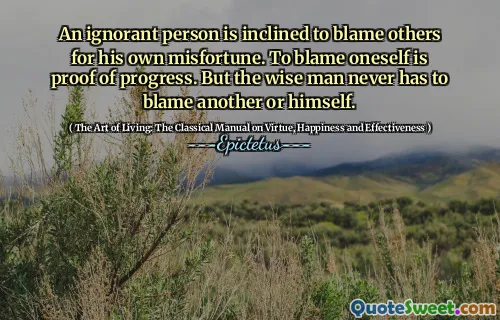
The text you write must prove to me that it desires me. This proof exists: it is writing. Writing is: the science of the various blisses of language, its Kama Sutra {this science has but one treatise: writing itself}.
This quote delves into the intimate connection between written language and desire, positioning writing as an act infused with sensuality and intentionality. Barthes suggests that for a text to genuinely engage with its reader, it must manifest a form of desire—an urging that communicates its intent and emotional charge through the act of writing itself. Writing transforms language into a vessel capable of expressing multifaceted pleasures, akin to the sensuous embrace described in the Kama Sutra, emphasizing that writing is not merely functional but a profound exploration of human experience and pleasure. The assertion that the science of language encompasses various "blisses" highlights the idea that communication is as much about aesthetic and emotional resonance as it is about conveying information. Furthermore, positioning writing as the 'one treatise' underscores its simplicity yet profound depth—despite its apparent straightforwardness, it harbors an entire universe of desire and aesthetic pleasure. This reflects Barthes's view of texts as living, passionate entities that bridge the author's intent and the reader's experience, each reading energizing the cycle of desire through interpretation. Such a perspective invites us to view writing as an act of love and intimacy, where each word, phrase, or gesture in text seeks to seduce and connect with the reader on a visceral level. It challenges writers to imbue their work with sincerity and desire, transforming reading into an act of mutual seduction—a dialogue between writer and reader rooted in passion and linguistic bliss.






